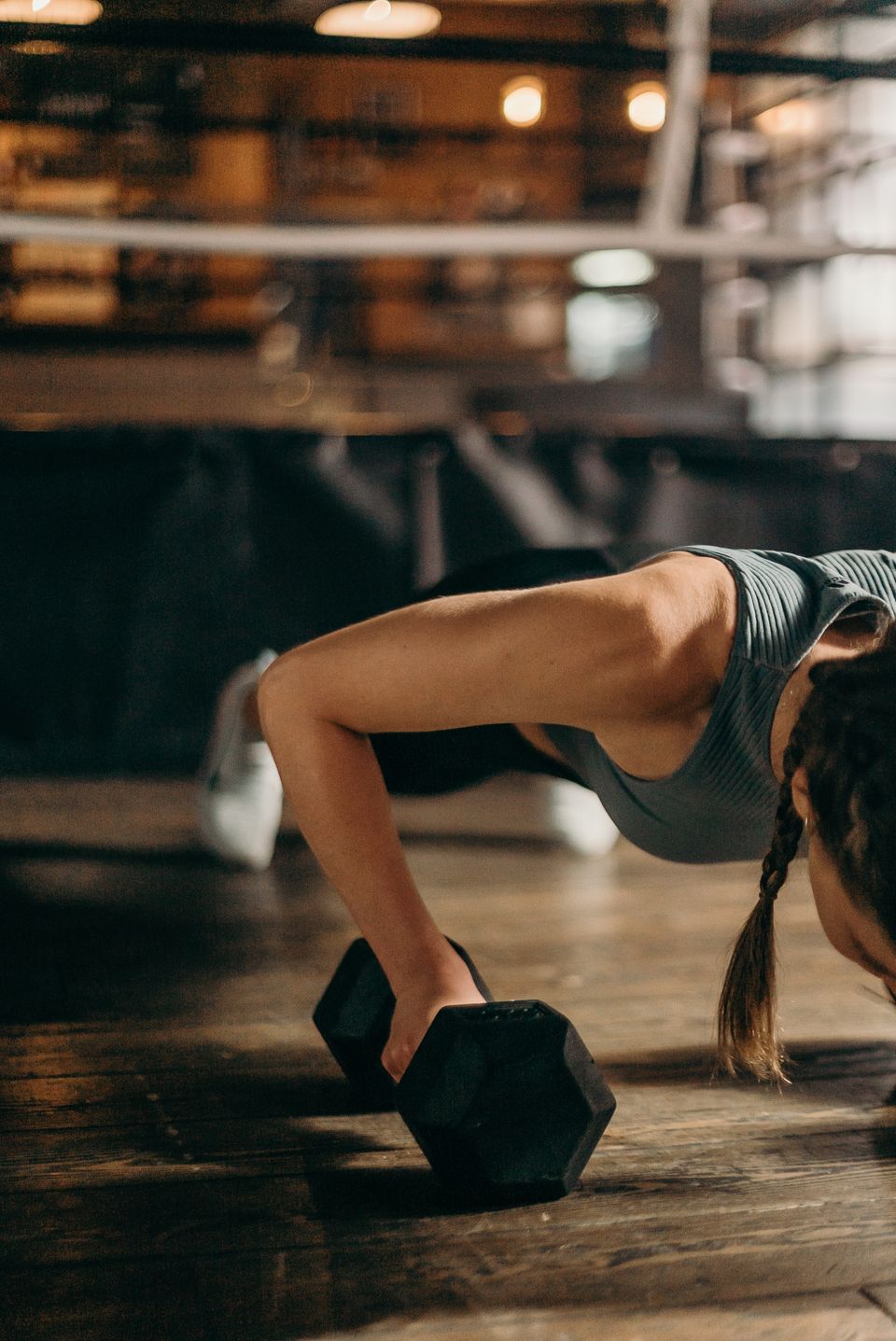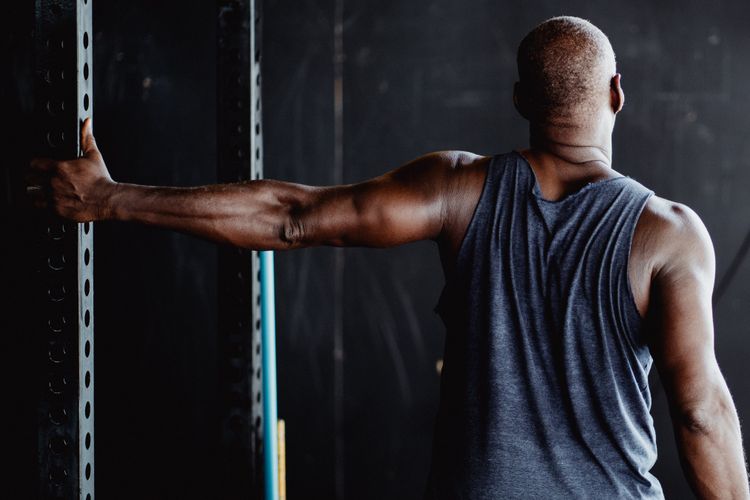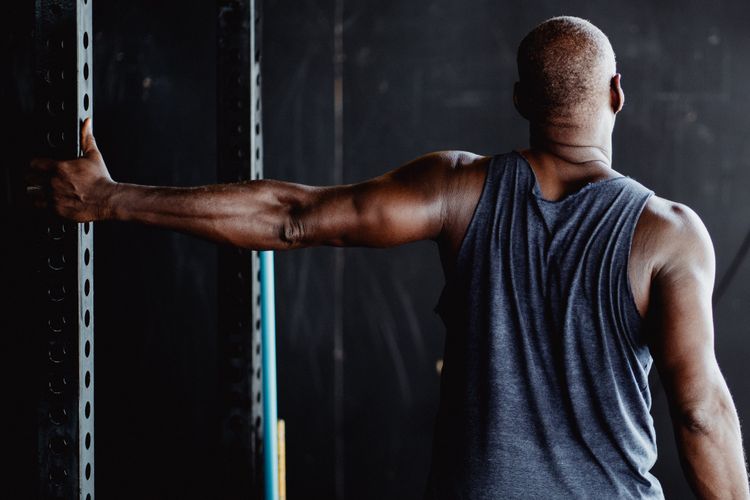🦀 Issue 131 - Let’s Test Some Arms

Since I had to do an in-service on this, it’s time for you to learn it too. But really, I found these functional tests quite interesting and think you would as well. We’re going to help you decide when to discharge folks recovering from shoulder injuries. These tests probably aren’t applicable to folks coming back from rotator cuff repairs or total shoulders, but they should be pretty good for your patients dealing with instability, minor labral tears, rotator cuff strains, and the like.
This is going to be a weird Crab because it’s not based on papers. At least, mostly. I’m pretty sure that’s a first and I think that I would know. So buckle up, it’s time to look into functional tests.
Lastly, if you have a couple of dollars to throw my way to support the Crab, I’d really appreciate it. It really makes a difference in paying for hosting and the newsletter and less than 1% of readers currently support the other 99% of readers by supporting. Thank you all for clicking on the ads the last few weeks. As a reward, this week there are no ads! If you want to help out, pop into last week’s edition and click on an ad and register for the other newsletter to help support the Crab for free.
Let’s dive in!
CKCUEST OMG
The Gist - We’re here to talk about the Closed Kinetic Chain Upper Extremity Stability Test, AKA the CKCUEST which is not a good name but at least it does what it says on the tin. In this test, you have the patient assume a high plank position with their hands 36 inches (91cm) apart on two pieces of tape or other type of marker. Their feet should be less than shoulder-width apart. Then you give them 15 seconds to touch each hand to the opposite piece of tape as fast as possible without losing their balance. And you count the touches. It’s hard to explain, I know. So check it out here: https://www.youtube.com/watch?v=UDvJSLfwS5c
Why do you do this? The test was designed for what it says on the box, to test CKC UE stability. And it does a pretty good job of it. This 2015 paper from BMC MSK Disorders attests that it’s reliable in both sedentary and active populations and that the MDC is somewhere between 2 and 4. They believe that “at least three touches are needed to be considered a real improvement on CKCUES Test scores.”
For women, this test can be performed in the modified pushup position from knees. Fun fact! In a standard pushup position, you take about 75% of body weight on your hands. In a modified position, it’s 60%.
Tell Me More - According to the Shirley Ryan Ability Lab (which is amazing if you don’t already know about it), for active males in their 20s, the mean number of touches was about 19 and it was 20 for active women (in the modified position). For women with subacromial impingement and a mean age of about 50, the average number of touches was 6 and for similar men, the number was 7.5. The MDC remains about three through all of these populations.
Test-retest reliability is excellent throughout. And it’s not part of the test, but in my experience it’s nice to give the patient a few practice touches to start before taking a short break and then attempting the real test.
Paper? That’s not really how this edition works, but I’ll point you to a paper or two.
- Test-retest reliability of the closed kinetic chain upper extremity stability test (CKCUEST) in adolescents
- Closed Kinetic Chain Upper Extremity Stability test (CKCUES test): a reliability study in persons with and without shoulder impingement syndrome
Unilateral Seated Shot-put
The Gist - In this test, you’re going to have to sit in a chair. An armless chair, to be fair. And you’re going to put your feet up on another chair so you’re in long sitting. Then you’re going to strap yourself to the chair. And unless you’re really flexible, I recommend you have someone else strap you in. Hang on tight. And again, as general idea, this test can be used to measure readiness for sport activity such as golf, tennis, pickleball, basketball, volleyball, and racquetball, but it can also be used as an easy to perform direct comparison between arms as a general assessment.
After you’re strapped in, you’re going to throw a 6lb/3kg medicine ball with one hand. It’s recommended that you warm up a bit first to dial in the technique so you’ll be throwing with a shot-put motion (and I like to put the chair against a wall to ensure this happens) with one throw at 25% of max, one at 50%, one at 75% and a final one that you feel is at 100%. Then you’ll repeat this on the other side and then you’ll take a two minute rest. Afterward, you’ll do the real test. Three maximal efforts with each arm with a 20-30 second rest between throws. If all distances are within about 10%, you’re done. Take the distance of the longest throw from the front of the chair.
Stats?Stats I have. But not a ton really. We know a lot about between-arm comparisons with healthy people and expect that the dominant arm is between 100% and 110% of the non-dominant. Less than 100% indicates weakness of the dominant arm and more than 110% indicates weakness of the non-dominant.
The minimum detectable change on this one in healthy recreationally active adults (Tegner score of about 4) is 17 inches with the dominant arm and 18 with the non-dominant. But let’s just call it 18 between us. The SRA Lab page has some norms on different ages and genders ranging through men and women from ages 18-42. Enbies appear to be out of luck, as usual. The test has excellent test-retest and interrupter reliability and can be done with lighter medicine balls if you just want to compare arm to arm for weaker individuals.
Paper? I mean, sure. Here’s what I have:
- The Seated Medicine Ball Throw as a Test of Upper Body Power in Older Adults
- Reliability, Minimal Detectable Change, and Normative Values for Tests of Upper Extremity Function and Power
And that’s our week! Hope you enjoyed this strange edition and please share with others as usual.
Have a great week,
Luke
P.S. Hawkeyes >> Gamecocks. Hopefully 🤞






Comments
Want to leave a comment and discuss this with your fellow PTs? Join PT Crab and get summarized PT research in your inbox, every week.